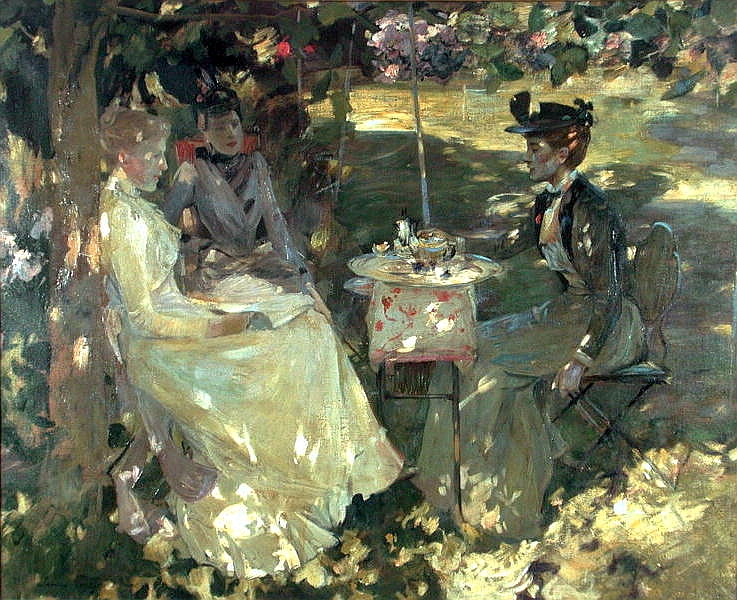Search this blog
Wednesday 29 June 2011
Tuesday 28 June 2011
Artwork of the day
Rue Transnonain, Honoré Daumier, 1834, lithograph
It should be obvious by now that I'm a big fan of 19th century French Realism. Daumier is particularly dear to me as his art is meant to be both humorous and real, a critique to the social, political and economic situation of 19th century France and serving eventually as a visual history of Daumier's times. In this case it is a tragic event that Daumier depicts and immortalizes in his art. Rue Transonain was created in 1834 and shows the aftermath of a real event in this Parisian route. In April 1834 during a social unrest, governmental troops entered a building and killed all its inhabitants. The lithograph depicts one single room and lives to the imagination of the viewer the scenery in the rest of the building. Death is present everywhere in the scene. The man in the foreground that wears his night robe was probably dragged out of his bed and killed. A baby lies beneath him, an old man right next to him. With this work Daumier criticizes the violence of the army, but also the ill decisions of a monarchy that had little concern for the poor citizens of the country.
Wednesday 22 June 2011
Artwork of the day
The “Ladies in Blue” Fresco, c. 1650-1550 BC, Archaeological Museum, Herakleion, Crete
The “Ladies in Blue” fresco from Neopalatial Knossos illustrates a group of three women of high esteem in rich costumes who aim at the retention of their power and at the improvement of their social status by adopting new symbols of differentiation such as the elaborate hairstyle. The fresco dates to 1650-1550 BC and it has been greatly restored. The white-skinned ladies with the graceful posture of their arms, the exposed breasts and the elaborate hair and jewellery are depicted while conversating with each other perhaps during a court festival or another important social or religious ceremony. They might be goddesses or just court ladies who want to show how important they are.
The elaborate hairdressings of the “Ladies in Blue” seem to have characterized the rich ladies of the New Palace Period who adopted them in important ceremonial events. According to Minoan iconography the shift from the hat to the long hair or elaborate hairdressings that predominate in the New Palace Period is said to have reflected the choice of high status women who stressed the head significance because they wanted to differentiate themselves from the total of women as soon as the latter started using the hat as part of their attire. In other words this stylistic change served to promote the ideological strategies of the dominant groups of women that emerged in the Neopalatial Period and wished to differentiate themselves from the rest of women by keeping a distance from them and simultaneously by emphasizing the stylistic details of their social group.
Today's artwork is a generous contribution of Eleftheria Pavli, BA, MA
Subscribe to:
Posts (Atom)



